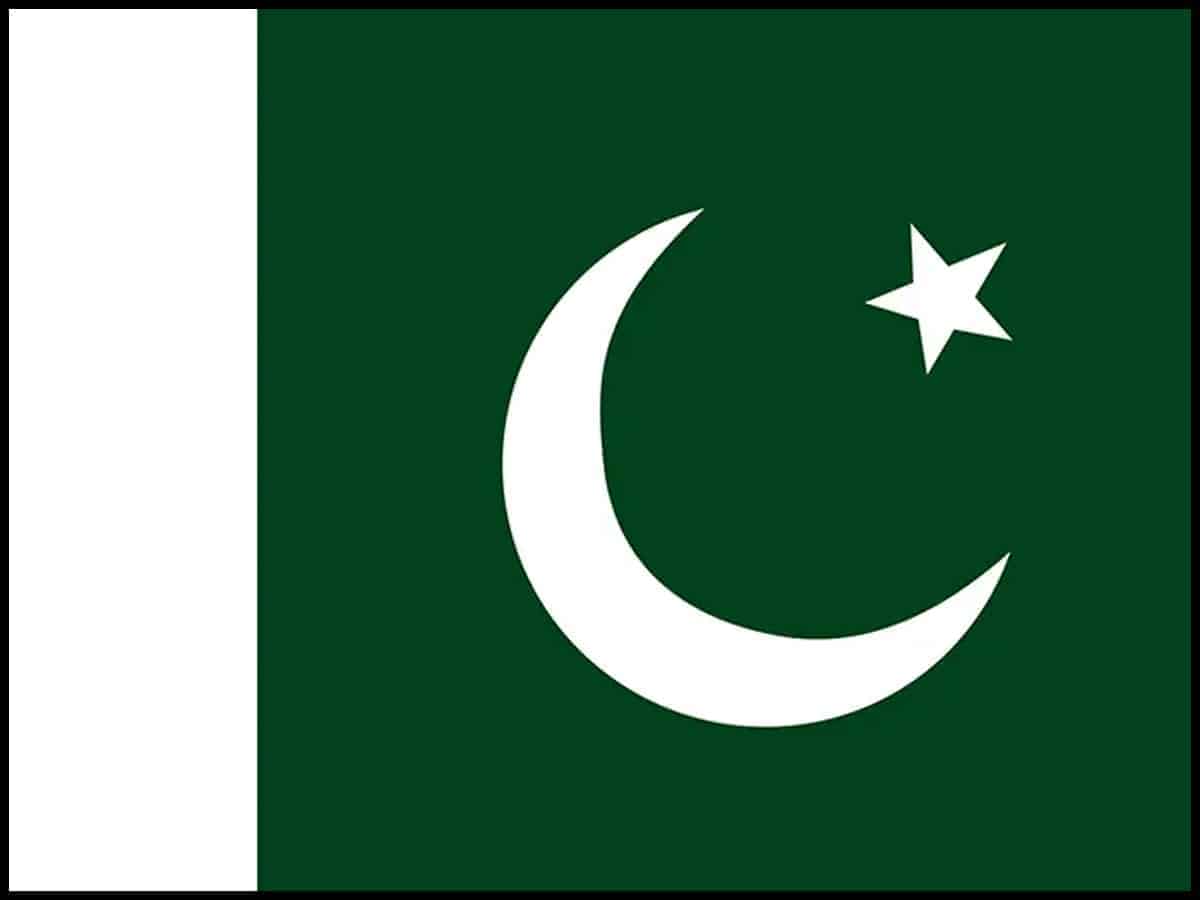
Islamabad: Fuelled by imports and consumption, Pakistan’s growth rate accelerated to nearly 6 per cent during the last year of Imran Khan’s government, the highest pace in four years, helping to increase the size of the cash-starved country’s economy to USD 383 billion and jacking up per-capita income, according to a media report.
The provisional Gross Domestic Product (GDP) growth rate for the year 2021-22 is estimated at 5.97 per cent, the Planning Ministry after a meeting of the National Accounts Committee (NAC) said, adding that broad-based growth was witnessed in all the sectors of the economy.
The GDP is the monetary value of all goods and services produced in a year.
A nearly 6 per cent growth rate is higher than the official target of 4.8 per cent and far higher than the estimates of the Ministry of Finance, the State Bank of Pakistan, the International Monetary Fund, the World Bank and the Asian Development Bank, The Express Tribune newspaper reported.
The figure is provisional and subject to variations once the final results are available at the end of the fiscal year. The economic growth rate during the last two years of the PTI rule was slightly better than the PML-N’s last two years but both the governments failed to address structural problems of Pakistan’s economy, it said.
I have asked the Pakistan Bureau of Statistics to certify that the methodology to work out the GDP growth was consistent with the past, said the Planning Ministry secretary in-charge Dawood Barech.
He maintained that the Planning Minister Ahsan Iqbal did not influence the NAC proceedings.
The details showed that a massive surge in imports and consumption greased the economic growth rate, which has already triggered a serious external sector crisis an identical pattern witnessed in 2018 when the country fell in the lap of the International Monetary Fund.
The 6 per cent growth rate at the end of the Pakistan Tehreek-e-Insaf government was the highest in four years. Last time, the country attained a 6.1 per cent growth rate in 2017-18, the last year of the PML-N rule, which had also been driven by consumption and imports and took the country back to the IMF, the report said.
During 2017-2018 and 2021-2022, Pakistan’s growth was largely financed through foreign savings, which is highly unsustainable.
The better crop production also supported the higher growth, except for wheat whose output decreased by one million metric tons to 26.4 million metric tonnes.
The size of the economy reached nearly Rs 67 trillion in 2021-22 about Rs 3 trillion higher than the estimates, which will also help the government to get additional fiscal spending space. In dollars terms, the volume of the economy in 2021-22 stands at USD 383 billion, according to the Planning Ministry.
Similarly, the per capita income that had been estimated at USD 1,676 in the last fiscal year increased to USD 1,798 a surge of USD 122 or 7 per cent per person. In rupee terms, per capita income jumped from Rs 268,223 in 2020-21 to Rs 314,353 in 2021-22, the report said.
The NAC also revised the economic growth rate upward for the second last year of the PTI government from 5.6 per cent to 5.7 per cent. The final growth rate of GDP for the year 2019-20 contracted 0.94 per cent, it said.
The growth of important crops during this year is 7.24 per cent, significantly better than last year. The growth in production of important crops namely cotton, rice, sugarcane and maize are estimated at 17.9 per cent, 10.7 per cent, 9.4 per cent and 19 per cent respectively.
The overall industrial sector showed an increase of 7.2, lower than the previous fiscal year. The mining and quarrying sector has contracted by 4.5 per cent due to a decline in the production of other minerals as well as a decline in exploration costs.
The services sector showed a growth of 6.2, marginally better than the last year. The wholesale and Retail Trade industry grew by 10 per cent, lower than the previous fiscal year. It is dependent on the output of agriculture, manufacturing and imports.
Meanwhile, Pakistan’s currency has hit the lowest in the country’s history after the US dollar reached the grim milestone of Rs 200 in interbank trading on Thursday.
The Forex Association of Pakistan (FAP) confirmed that the greenback had reached the Rs 200 mark around 11 am, appreciating by about Rs22 after the current government came to power last month.
